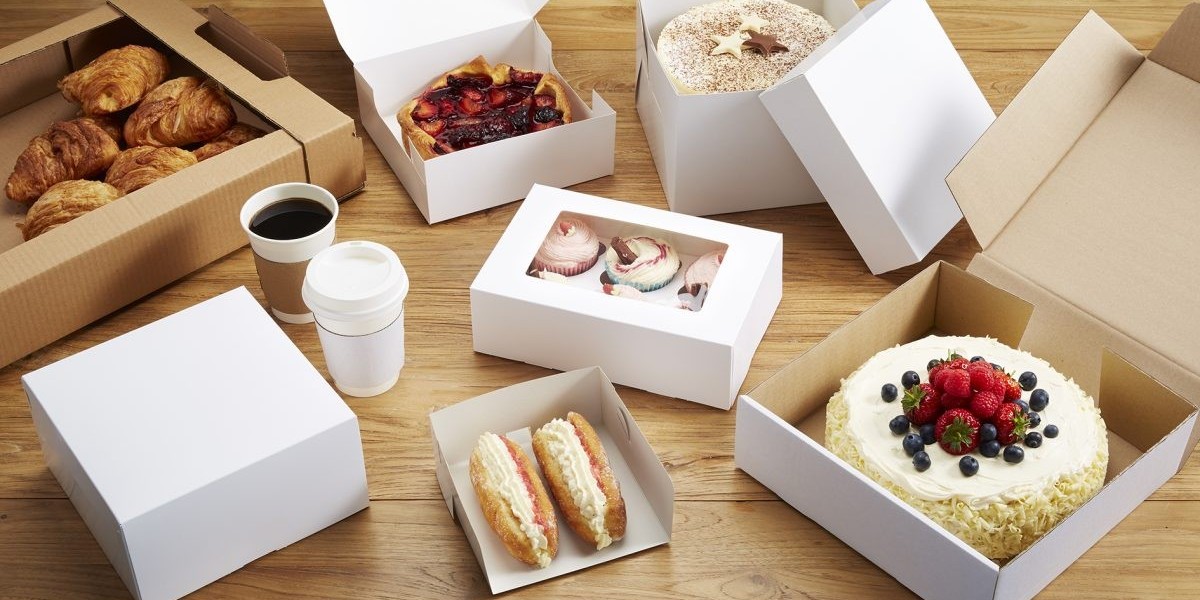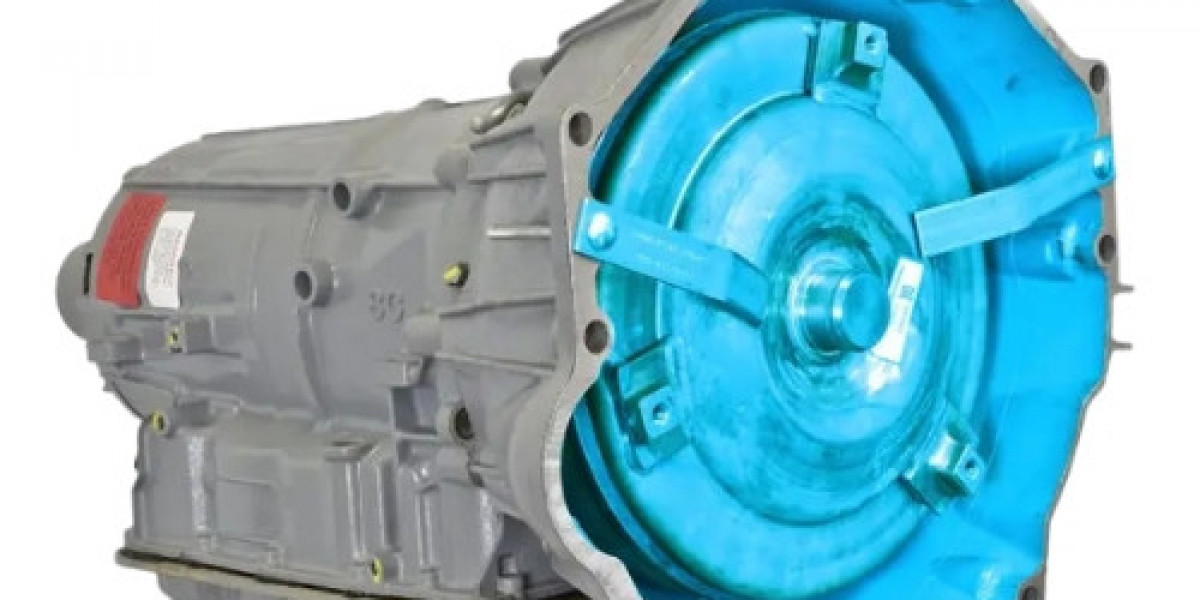Cake boxes play a critical role in modern bakeries, not only in ensuring the safe transportation of baked goods but also in influencing a bakery's environmental footprint, branding, and customer experience. With the growing emphasis on sustainability and eco-conscious business practices, the material impact of cake boxes has become a significant consideration for bakery owners and customers alike.
In this article, we explore the material choices for cake boxes, their implications for the environment, and how bakeries can strike a balance between functionality, aesthetics, and sustainability.
The Importance of Cake Boxes in Bakeries
Cake boxes are essential for packaging and transporting cakes securely. They protect delicate confections from damage, preserve freshness, and enhance presentation. For bakeries, cake boxes are more than just containers—they are a branding opportunity and a reflection of quality and care.
However, the type of material used in these boxes can have long-term effects on the environment. As the demand for baked goods increases, so does the use of packaging materials. This raises important questions about the lifecycle and sustainability of cake boxes used daily in bakeries across the world.
Common Materials Used in Cake Boxes
There are several types of materials commonly used to manufacture cake bakery boxes. Each has unique properties that affect its usability, cost, and environmental impact.
1. Cardboard
Cardboard is the most popular material used for cake boxes. It is lightweight, cost-effective, and relatively eco-friendly when sourced responsibly. Most cardboard cake boxes are recyclable and biodegradable, making them a preferred choice for many bakeries.
However, not all cardboard is created equal. Some variants are coated with plastic or wax to resist moisture, which hinders recyclability. Thus, bakeries must choose cardboard that is both food-safe and recyclable to ensure minimal environmental impact.
2. Corrugated Paperboard
Corrugated paperboard offers extra durability and is ideal for heavy or multi-tiered cakes. While it is also recyclable, the added layers and adhesives sometimes complicate the recycling process. Nonetheless, many eco-conscious bakeries prefer it for its strength and insulation properties.
3. Plastic
Plastic cake boxes, especially clear clamshell-style containers, are often used for individual cake slices or specialty desserts. While these boxes provide visibility and protect against moisture, they come with a high environmental cost.
Most plastic cake boxes are made from petroleum-based materials and are difficult to recycle, depending on local facilities. The production and disposal of plastic contribute to pollution and resource depletion, making them less favorable in sustainable bakery practices.
4. Kraft Paper
Kraft paper cake boxes are an eco-friendly alternative gaining popularity. Made from unbleached wood pulp, kraft paper is biodegradable, compostable, and recyclable. It offers a rustic and natural look that appeals to environmentally-conscious consumers.
Although kraft boxes might not be as sturdy as corrugated alternatives, they are suitable for light to medium-weight cakes and cupcakes, especially when paired with inner supports.
5. Biodegradable and Compostable Materials
Innovations in packaging materials have introduced biodegradable and compostable cake boxes made from sugarcane fiber, bamboo, and other renewable resources. These materials break down naturally and leave minimal waste.
While these options tend to be more expensive, the long-term environmental benefits often outweigh the initial costs. Bakeries looking to align with sustainable business models may consider switching to these alternatives.
Environmental Impact of Cake Box Materials
Understanding the custom packaging impact of cake boxes helps bakeries make informed decisions that reduce their ecological footprint. The following factors should be considered:
1. Resource Extraction and Production
Materials like plastic require extensive resource extraction and energy-intensive processing. In contrast, recycled cardboard and kraft paper are less taxing on natural resources, especially when sourced from sustainably managed forests.
2. Waste Management and Decomposition
Cake boxes made from biodegradable materials decompose much faster than plastic. Cardboard and paper-based boxes can often be recycled or composted, reducing landfill pressure. Plastic boxes, on the other hand, can take hundreds of years to degrade and contribute to pollution.
3. Carbon Footprint
The carbon footprint of cake boxes varies based on material, manufacturing, and transportation. Lightweight and recyclable materials generally contribute less to greenhouse gas emissions compared to heavy or synthetic options.
Branding and Consumer Perception
Beyond environmental concerns, the material of cake boxes significantly influences customer perception. Sustainable packaging can enhance a bakery’s brand image and appeal to eco-conscious consumers. Many customers today are willing to support businesses that demonstrate a commitment to sustainability.
Using eco-friendly cake boxes can also be a marketing advantage. Custom-printed kraft boxes or recycled paperboard with biodegradable ink not only look appealing but also communicate the bakery’s values.
Best Practices for Bakeries
To minimize the environmental impact of cake boxes, bakeries can adopt several best practices:
1. Choose Sustainable Materials
Opt for recyclable, biodegradable, or compostable cake boxes whenever possible. Work with suppliers that source materials sustainably and transparently.
2. Use the Right Size
Avoid oversized packaging. Cake boxes that fit the product snugly reduce material waste and provide better protection.
3. Encourage Recycling
Educate customers on how to dispose of cake boxes properly. Include recycling symbols or disposal instructions on the packaging.
4. Buy in Bulk
Purchasing cake boxes in bulk can reduce transportation emissions and packaging waste. It also often results in cost savings.
5. Innovate with Reusables
Some bakeries are experimenting with reusable cake boxes made from durable, food-safe materials. Customers can return the boxes for cleaning and reuse, similar to container deposit systems.
Conclusion
Cake boxes are indispensable in the bakery industry, but their material impact cannot be overlooked. Choosing the right cake boxes involves balancing aesthetics, functionality, cost, and sustainability. Cardboard, kraft paper, and biodegradable options stand out as the most environmentally responsible choices, while plastics pose the greatest challenges.
As consumer demand for eco-friendly products grows, bakeries that prioritize sustainable packaging can strengthen their brand, reduce environmental harm, and lead the industry toward a greener future. The material impact of cake boxes is not just a packaging issue—it’s a reflection of a bakery’s values and its commitment to the planet.








